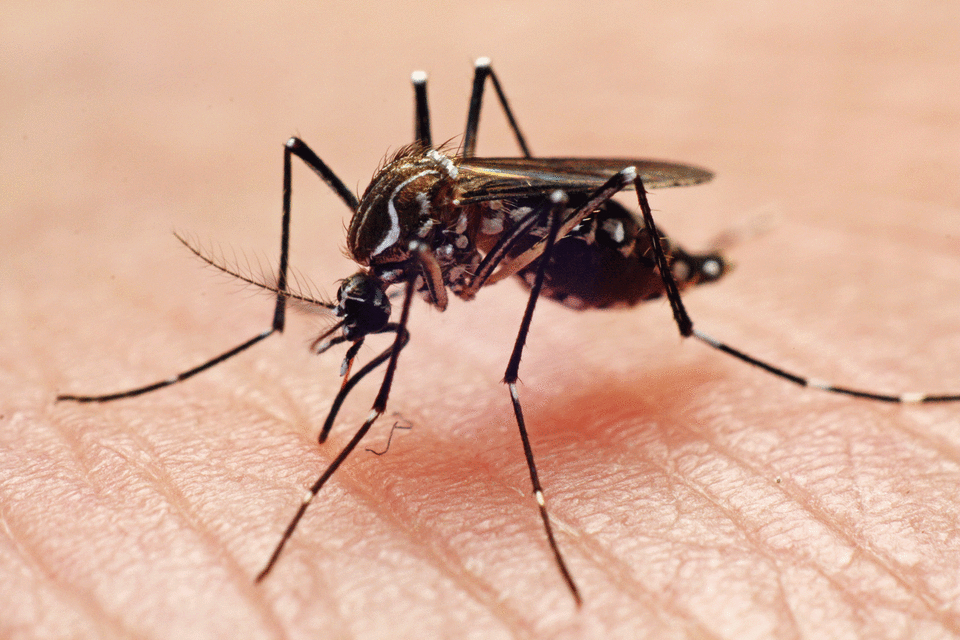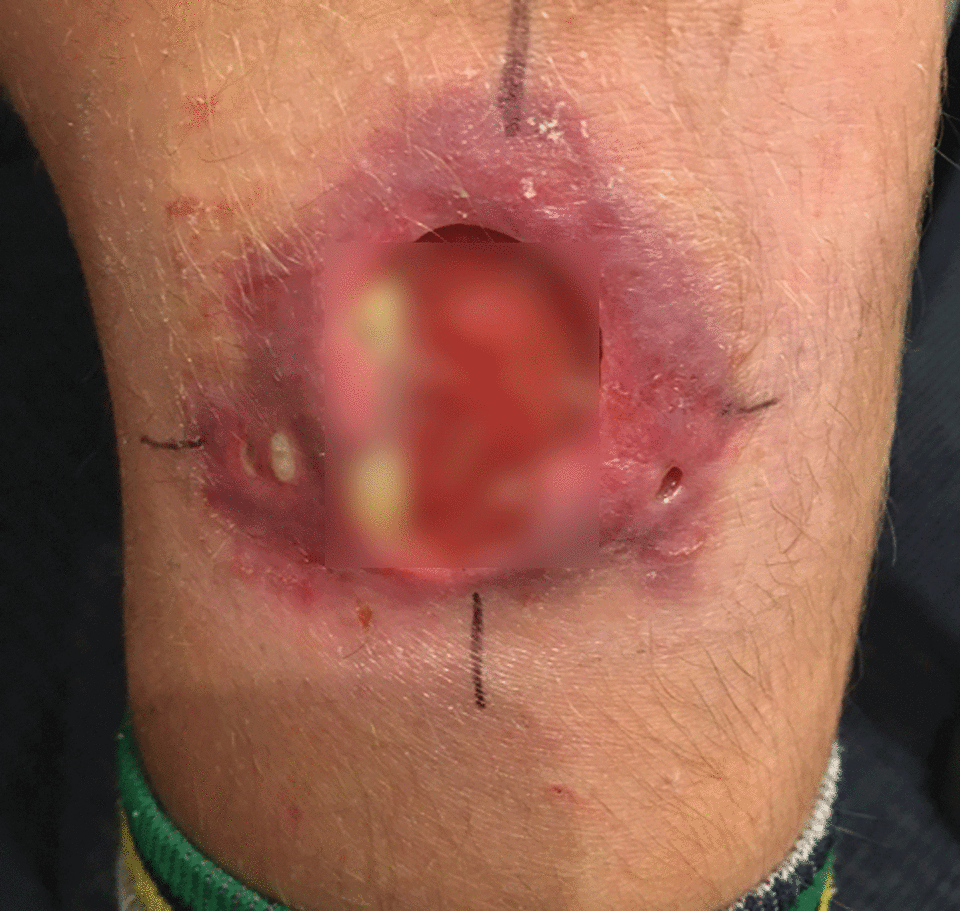Mosquito warning after new case of flesh-eating ulcer confirmed
WARNING: GRAPHIC CONTENT. Health officials have confirmed a case of the flesh-eating Buruli ulcer in Queensland, the second case in under two months.
While it is unknown how the patient, from Far North Queensland, contracted the infection, health services are investigating theories including “insect transmission”.
“Two notifications of Daintree Ulcer were received in November, the first on the 14th involving a
person living in Mossman and the second on the 24th involving a person living in the Daintree,” Tropical Public Health Services acting director Dr Madhumati Chatterji said in a statement to Yahoo7 News.
“In both cases, there was most likely local exposure.”

Burili ulcer, also known as the Daintree ulcer, is a rare tissue-destroying infection that is found in tropical locations, such as Queensland’s north.
The toxins can cause skin loss as the ulcer gets larger with time. It can be treated with antibiotics or, in extreme cases, surgery.
“It is not known how the infection is contracted, there are various theories including the possibility of
insect transmission,” Dr Chatterji said.
Health officials have urged people to avoid contact with soil or water where possible, particularly in the Daintree and Mossman area.
They have also been warned to avoid mosquito bites by covering up with clothing and using insect repellent.



